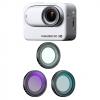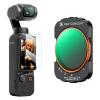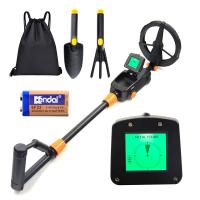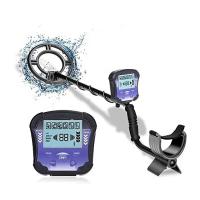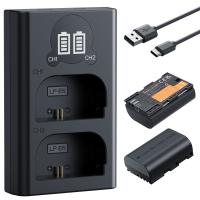How To Get Phone Through Metal Detector?
In today's world, security measures are becoming increasingly stringent, and metal detectors are a common sight at airports, concerts, and other public venues. While these devices are essential for ensuring safety, there are times when individuals may need to carry their phones through metal detectors without triggering an alarm. This article will explore various methods and considerations for getting a phone through a metal detector, while also addressing the ethical and legal implications of such actions.
Understanding Metal Detectors
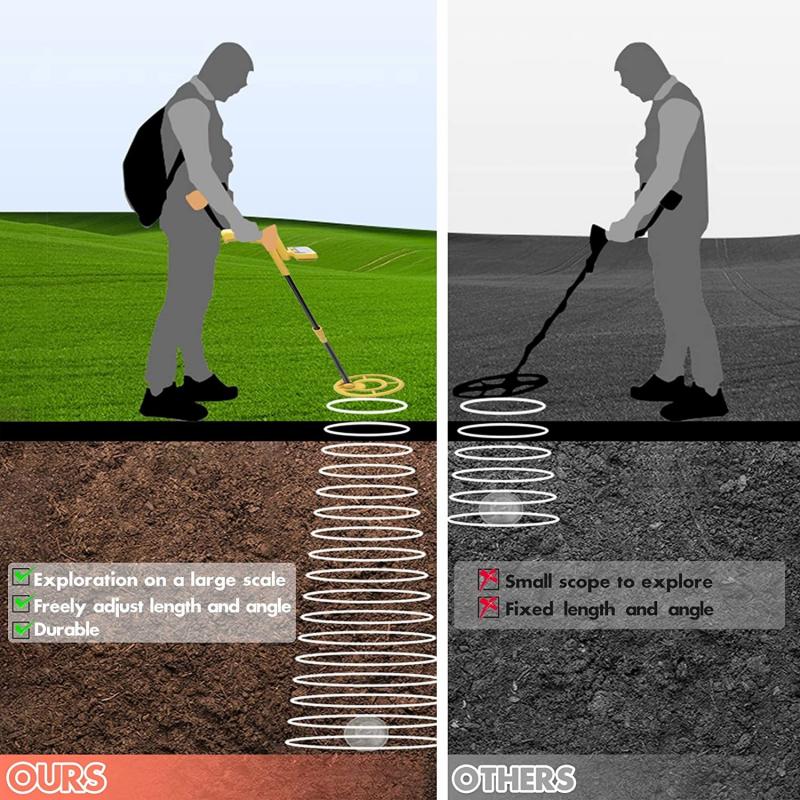
Before delving into the methods, it's crucial to understand how metal detectors work. Metal detectors operate by generating a magnetic field and detecting any disturbances caused by metallic objects. When a metal object passes through the detector, it disrupts the magnetic field, triggering an alarm. Modern metal detectors are highly sensitive and can detect even small amounts of metal.
Why You Might Need to Get a Phone Through a Metal Detector

There are several legitimate reasons why someone might need to carry a phone through a metal detector:
1. Medical Emergencies: In some cases, individuals may need to keep their phones on hand for medical reasons, such as monitoring health conditions or staying in contact with healthcare providers.
2. Professional Requirements: Certain professions may require constant communication, making it necessary to have a phone readily available.
3. Personal Safety: In some situations, having a phone can be crucial for personal safety, allowing individuals to call for help if needed.
Methods to Get a Phone Through a Metal Detector

1. Use of Non-Metallic Cases
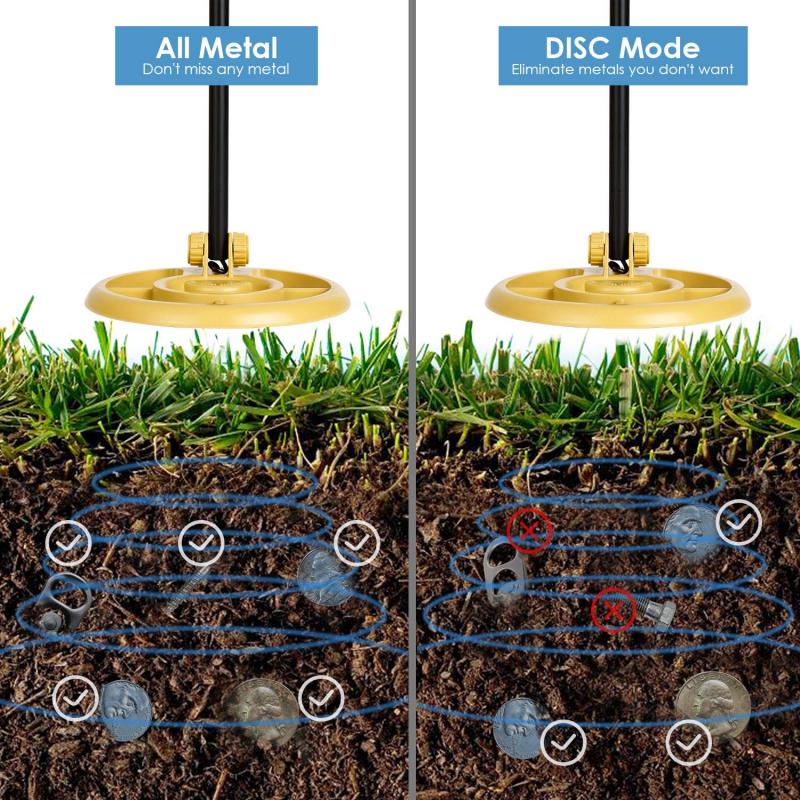
One of the simplest methods to reduce the chances of a phone triggering a metal detector is to use a non-metallic case. Many phone cases are made from materials like plastic, silicone, or rubber, which do not interfere with metal detectors. By using a non-metallic case, you can minimize the amount of metal detected.
2. Concealment Techniques
While not recommended due to ethical and legal concerns, some individuals attempt to conceal their phones in ways that make them less likely to be detected. Common techniques include:
- Body Concealment: Hiding the phone on the body, such as in a waistband or under clothing, can sometimes reduce the chances of detection. However, this method is risky and can lead to serious consequences if discovered.
- Layering: Placing the phone between layers of non-metallic items, such as books or clothing, can sometimes help mask its presence. Again, this method is not foolproof and carries significant risks.
3. Disassembly
Another method involves disassembling the phone and carrying its components separately. By separating the battery, SIM card, and other metallic parts, you can reduce the overall metal content. However, this method requires technical knowledge and can be time-consuming.
4. Use of Faraday Bags
Faraday bags are specially designed pouches that block electromagnetic fields. By placing your phone in a Faraday bag, you can prevent it from being detected by metal detectors. These bags are often used for protecting electronic devices from hacking and can be an effective way to carry a phone through a metal detector.
5. Communication with Security Personnel
In some cases, the best approach is to communicate openly with security personnel. If you have a legitimate reason for needing to carry your phone, explain your situation and provide any necessary documentation. Security personnel may be able to accommodate your needs and allow you to carry your phone through the metal detector.
Ethical and Legal Considerations
While there are methods to get a phone through a metal detector, it's essential to consider the ethical and legal implications. Attempting to bypass security measures can have serious consequences, including fines, legal action, and being banned from certain venues. It's crucial to weigh the risks and benefits before attempting any of these methods.
Practical Tips for Navigating Security Checkpoints
If you find yourself needing to carry a phone through a metal detector, here are some practical tips to help you navigate security checkpoints:
1. Plan Ahead: If you know you'll be passing through a metal detector, plan ahead and consider the best method for carrying your phone. Use a non-metallic case and avoid carrying other metallic items that could trigger the detector.
2. Be Honest: If you have a legitimate reason for needing to carry your phone, be honest with security personnel. Provide any necessary documentation and explain your situation clearly.
3. Stay Calm: Security checkpoints can be stressful, but it's important to stay calm and cooperative. Follow the instructions of security personnel and be prepared to answer any questions they may have.
4. Know Your Rights: Familiarize yourself with the rules and regulations of the venue or location you're visiting. Knowing your rights can help you navigate security checkpoints more effectively.
Getting a phone through a metal detector can be challenging, but there are several methods and considerations to keep in mind. Whether you use a non-metallic case, disassemble your phone, or communicate with security personnel, it's essential to weigh the risks and benefits of each approach. Always consider the ethical and legal implications of attempting to bypass security measures, and prioritize safety and honesty in your actions. By planning ahead and staying informed, you can navigate security checkpoints more effectively and ensure that you have your phone when you need it most.


